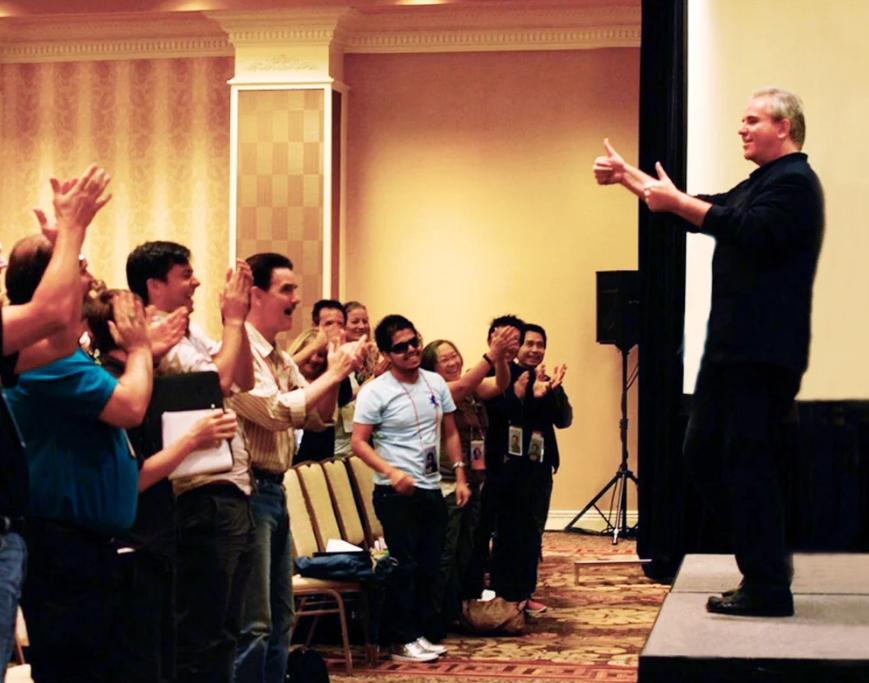Team Building Exercises: Building Trust, Communication, and Collaboration
Team Building Exercises: Building Trust, Communication, and Collaboration
Every successful organisation knows that strong teams are built, not born. They require trust, communication, and a shared sense of purpose. One of the best ways to nurture these qualities is through team building exercises. Far from being just games, these activities help employees connect, collaborate, and perform at their best.
In this post, we’ll explore why team building exercises matter, the different types available, and how they can transform workplace culture.
Why Team Building Exercises Matter
Workplaces often struggle with siloed communication, low morale, or a lack of trust. Team building exercises help break down barriers, encouraging people to see each other as more than just colleagues.
Key benefits of team building exercises include:
Strengthening trust and rapport.
Improving communication skills.
Boosting creativity and problem-solving.
Reducing workplace stress.
Increasing motivation and engagement.
Simply put, team building exercises are a practical investment in your team’s success.
Popular Types of Team Building Exercises
There’s no one-size-fits-all approach, so the best strategy is to choose team building exercises that fit your team’s goals and personality.
1. Icebreakers
Perfect for new teams, these team building exercises include quick games like “Two Truths and a Lie” or sharing fun facts.
2. Problem-Solving Challenges
Escape rooms, scavenger hunts, or puzzle-based games are excellent team building exercises for fostering collaboration and creative thinking.
3. Communication Builders
Activities like “Blindfolded Maze” or “Back-to-Back Drawing” are team building exercises that sharpen listening and clarity.
4. Outdoor Adventures
Ropes courses, hiking trips, or survival challenges are powerful team building exercises because they push people outside their comfort zones.
5. Virtual Activities
For remote teams, digital team building exercises such as online trivia, virtual escape rooms, or collaborative workshops help maintain strong connections.
How to Make Team Building Exercises Work
Not all team building exercises succeed. Done poorly, they can feel forced or awkward. To make them effective:
Know your team – Match activities to personalities and comfort levels.
Set goals – Decide whether you’re aiming to improve trust, communication, or creativity.
Encourage inclusivity – Everyone should feel comfortable participating.
Debrief afterward – Discuss lessons learned and how they apply to daily work.
When structured well, team building exercises create lasting value that extends beyond the activity itself.
Long-Term Impact of Team Building Exercises
The best team building exercises don’t just entertain for an afternoon. They foster lasting habits of collaboration, resilience, and mutual respect. Over time, this translates into:
Higher employee engagement.
Stronger problem-solving as a team.
Improved retention and morale.
A healthier, more connected workplace culture.
When teams bond through shared challenges, they build trust that carries into everyday projects.
Team building exercises are more than fun diversions; they’re a proven way to strengthen teams. Whether you choose icebreakers, problem-solving challenges, outdoor adventures, or virtual activities, the right exercises can transform your workplace.
By making team building exercises a regular part of your company culture, you invest in trust, communication, and collaboration—the foundations of long-term success.





